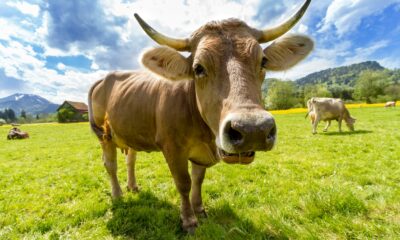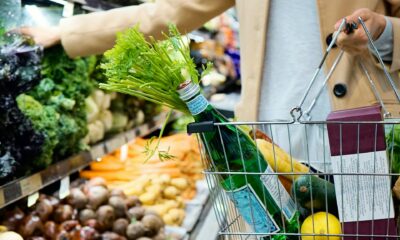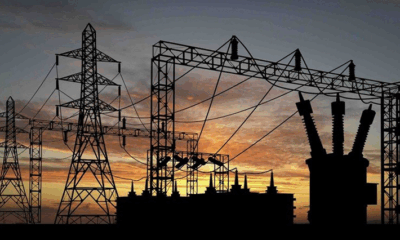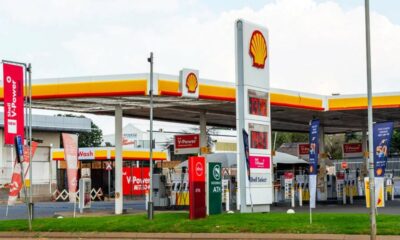Business
South Africa’s 0.1% GDP Growth: A Flicker of Progress or a Warning Light?
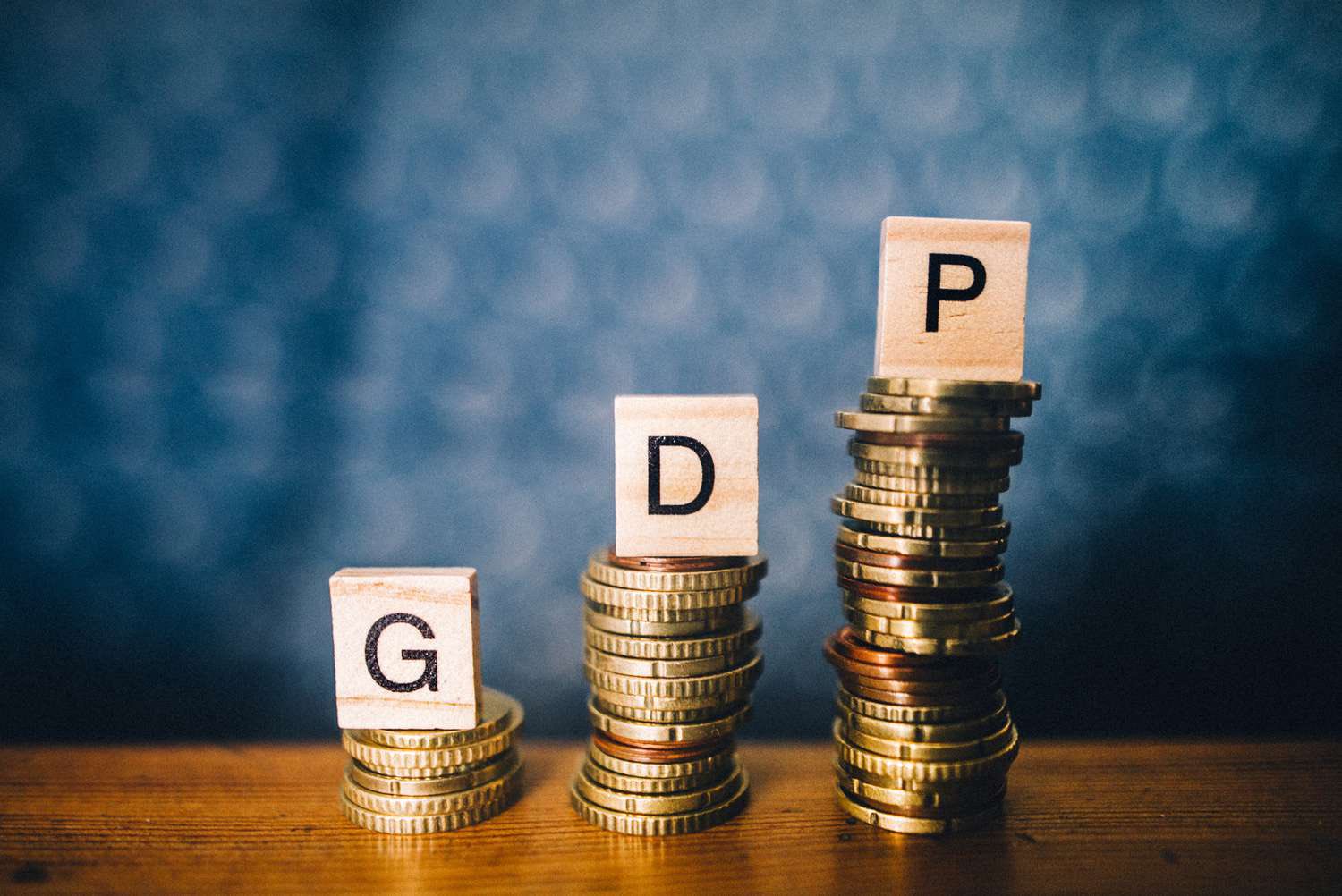
It’s the kind of headline that barely makes a ripple, “South Africa’s economy grew by 0.1% in the first quarter of 2025.” But behind that modest figure lies a far more troubling story of an economy tiptoeing along the edge of stagnation, weighed down by structural issues that no longer feel cyclical, but chronic.
According to the latest data from Statistics South Africa, the country narrowly avoided an economic contraction in Q1. While a few sectors offered flickers of hope most notably agriculture, which saw a stunning 15.8% rise the overall picture is stark: key drivers like manufacturing are in retreat, investment is falling, and consumer confidence has taken a serious knock.
Agriculture Carries the Day Again
The standout performer in Q1 was agriculture, forestry and fishing, thanks to strong outputs in horticulture and animal products. Chief Economist at Agbiz, Wandile Sihlobo, called the sector “in recovery mode,” although he warned the rebound is patchy and that livestock producers are still under pressure.
But as NWU economist Waldo Krugell noted, the fact that agriculture a sector that makes up a small sliver of GDP—keeps saving the national figures is itself a symptom of weakness elsewhere. “It shows just how little growth is coming from the rest of the economy,” he said.
Manufacturing in Decline, Investment Withers
Manufacturing shrank by 2.0%, with seven of ten manufacturing divisions recording losses. Hardest hit were petroleum, chemicals, and motor vehicles industries that should be driving industrial recovery, not dragging it down.
Add to that the contraction in fixed investment and the picture darkens. “What’s really worrying is the sharp drop in investment spending,” Krugell said. While global trade uncertainty played a part, he believes the bigger issue is domestic—specifically, the fading momentum of the Government of National Unity’s reform agenda.
The Consumer Can’t Carry This Alone
On the surface, household spending offered a sliver of hope. South Africans spent more on transport, food, and even eating out. But that consumption bump was small and fragile.
Dr. Eliphas Ndou from Unisa pointed out that consumer confidence collapsed during the same period, with the FNB/BER index falling from -6 to -20. “That mirrors the consumption slowdown,” he said. “And it means the economic engine is cooling down, not speeding up.”
Economists Call for Urgent Action
Across the board, analysts are calling for more than just hope. Citadel’s Maarten Ackerman bluntly stated that the 0.1% figure is “not something to celebrate.” South Africa, he says, remains locked in a per capita recession, and full-year growth is tracking at just 0.8%.
The Reserve Bank and National Treasury have already trimmed their GDP forecasts, SARB down to 1.2%, Treasury to 1.4%. If current trends continue, we’re looking at a 1% year at best.
Prof. Raymond Parsons from NWU Business School summed it up: “The recovery is real, but it’s slow, fragile, and inconsistent. It needs a boost—fast.”
The Bigger Questions Loom
The mood on social media has been anything but optimistic. On X (formerly Twitter), users expressed everything from fatigue to fury:
“We’re growing at 0.1% and losing jobs daily. What’s the plan?” – @SAUnfiltered
“Agriculture is winning but the rest of us are in the mud. Feels like we’re farming our way out of recession.” – @MphoEconomist
“Same story, different quarter. Fix energy, fix investment, or we’re stuck.” – @NomsaReadsData
Mark Phillips from PPS Investments voiced the same concerns: “Is this a fragile win or a flashing warning light? How much longer can South Africa keep the lights on economically and literally?”
His reference to load-shedding isn’t incidental. With the threat of blackouts never far away, and Eskom’s grid stability still uncertain, another round of load-shedding could easily wipe out what little momentum we have left.
Policy Coherence: The Missing Link
What’s the way forward? Economists like Ndou and Parsons stress one word: coordination. South Africa needs a clear, united policy approach especially with the spectres of rising debt, unemployment, and global instability hanging overhead.
Ndou warns that sluggish growth could keep joblessness high while worsening the national debt-to-GDP ratio. “National Treasury must act with discipline,” he said, calling for smarter spending cuts and investment in productivity.
A Fork in the Road
This isn’t just about numbers. South Africa’s 0.1% GDP growth is symbolic of something deeper: a country at a crossroads, deciding whether to muddle through or finally take bold, cohesive steps toward growth.
Yes, agriculture boomed. Yes, households spent. But it’s not enough. Manufacturing must be reignited. Investment must return. The power grid must hold. And above all, policymakers must unite behind a national recovery plan that goes beyond quarterly stats.
If not, that 0.1% may be remembered not as a sign of resilience—but as the calm before another storm.
{Source: IOL}
Follow Joburg ETC on Facebook, Twitter , TikTok and Instagram
For more News in Johannesburg, visit joburgetc.com

